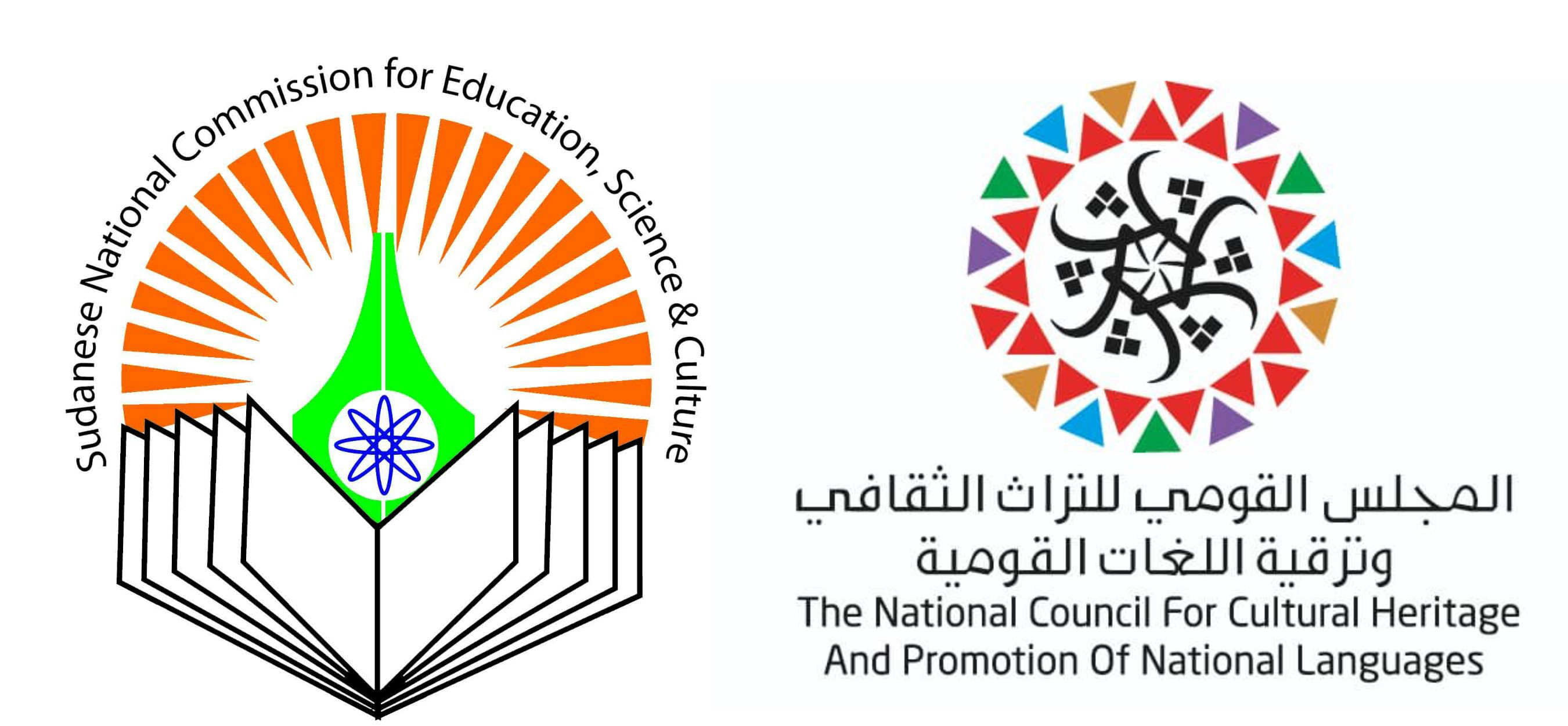(4) Al Sa’fiyyāt - Knowledge and Skills related to the Palm Fronds Industry
Traditional Craft, in Northern state | Nationally recognized
Al Sa’fiyyāt are the products made from date and dom palm fronds The profession is one of the traditional handicrafts that are an essential part of fine and plastic art. It is one of the crafts that is more representative of people’s collective creativity and indicative of their identity.
Al Sa’fiyyāt or the palm frond products, in a country so vast like the Sudan, and so versatile in its environmental conditions, represent a wealth of cultural diversity. Burūsh, sing. Birish (woven frond mats) industry is an old profession that may be traced back to the time of the ancient Sudanese kingdoms in Meroe and Alawa, where pottery used to be decorated and draped with Burūsh or printed with frond brushes. The industry continued through the periods of Christianity and Islam and, where the Birish was used in the rites of death and wedding. Palm frond products are exclusively crafted by women. The weaving process is elaborate and each fabric loop is connected to the next. The product reflects the local culture in its assorted forms and raw material as dictated by the environment. The desert inhabitants use the dom fronds while the riverine groups use date palm fronds. The products include prayer mats, event mats, different types and sizes of baskets, and Naṭu’ (a special mat used for smoke sauna where a woman sits on the mat and covers her body in a thick wool blanket (Shamla) exposing her body the smoke of burning Ṭaliḥ tree logs to smoothen her skin and acquire a pleasant fragrant odor). There are also the Burūsh used in the rites of passage. Every one of these mats in unique in its color and weaving technique according to the specific ritual. Certain designs and colors in Birish industries carry, for some Sudanese tribal groups, coded messages sent by the married woman who leaves the family home with her husband, to her family informing them of whether or not she is happy with her new life. Another weaving technique is used to transmit to a guest that he is not welcome, when the host offers him a prayer mat. The guest duly recognizes the message embedded in the weaving technique and color and takes his leave at once. Such are high caliber female skills by women who probably lack education. Women shop for the fronds in the marketplace or collect them from the fields. They pare and prepare them according to the need and item to be produced. The fronds are soaked in water until they soften. The craftsmanship is performed either manually or by using traditional tools like the needle or Ishfi in the manufacturing of tray covers or small hand fans that are made in one piece. The frond is dipped in the selected dye which is made from a special material called Tifta. Preparing the fronds for large Burūsh, baskets and Naṭus takes more time. Small braided fronds are assembled and sewn using the same frond material. The products are sold in the same village or through intermediaries in the nearby markets, in which case they generate higher profits. The fronds are first removed from the dom or date palm tree and freed from the keel, soaked in water and cut into longitudinal slices. The braids, made of two or three entwined slices, follow. Two 1.5 meters long halves of the mat are stitched together using the protruding part of the braid. Plastic products are a threat to the palm handicrafts, especially as the latter need laborious effort and time to produce. Sometimes the fronds are difficult to obtain and the market is flooded with the plastic products which sell regardless of their hazardous environmental efects.
Contact
assadhajam@yahoo.com

